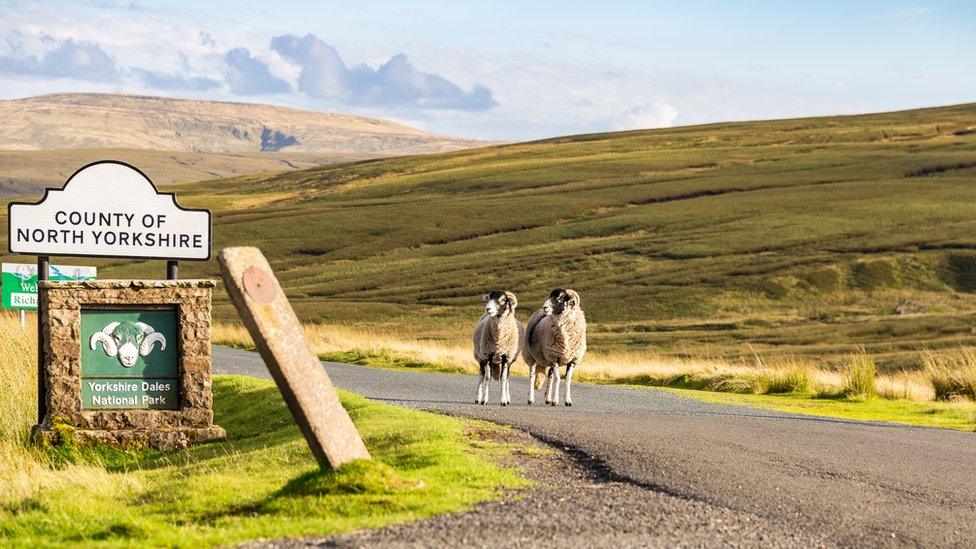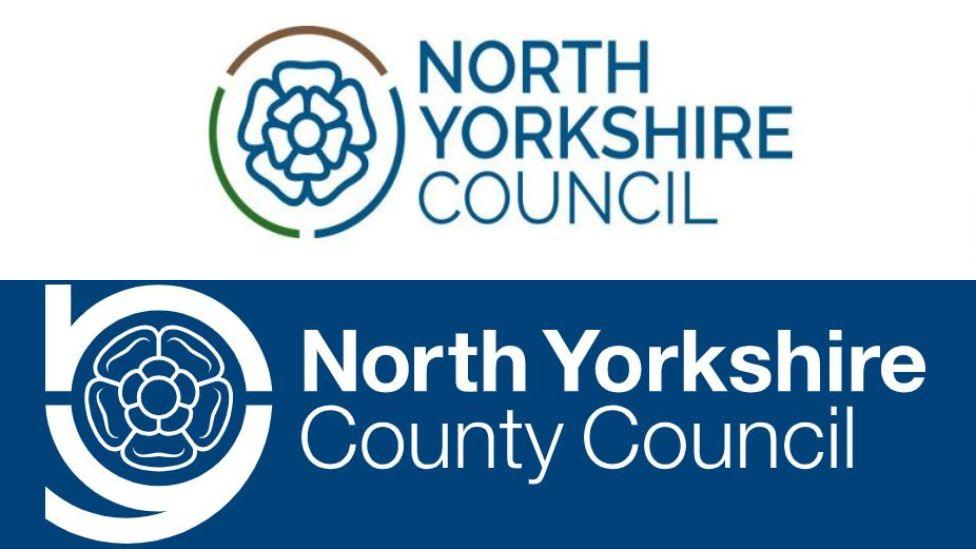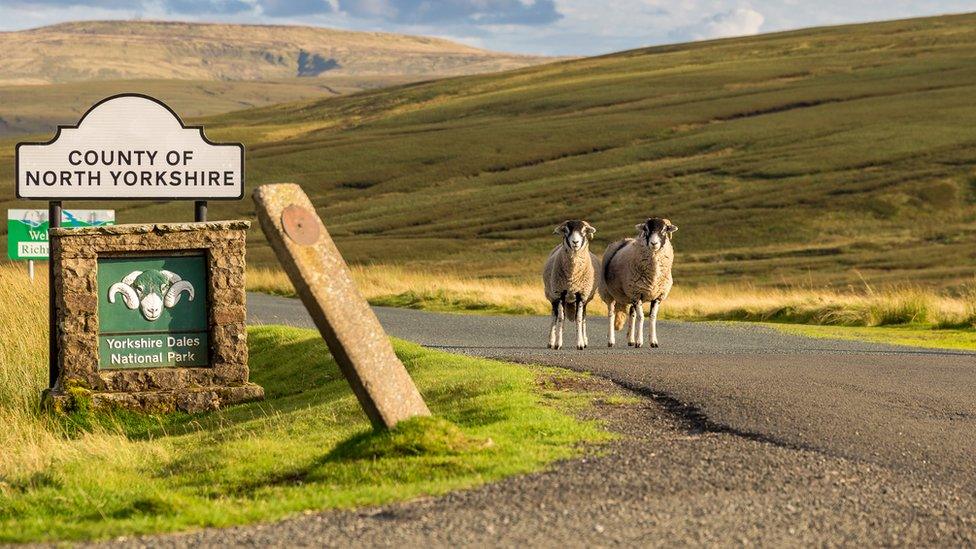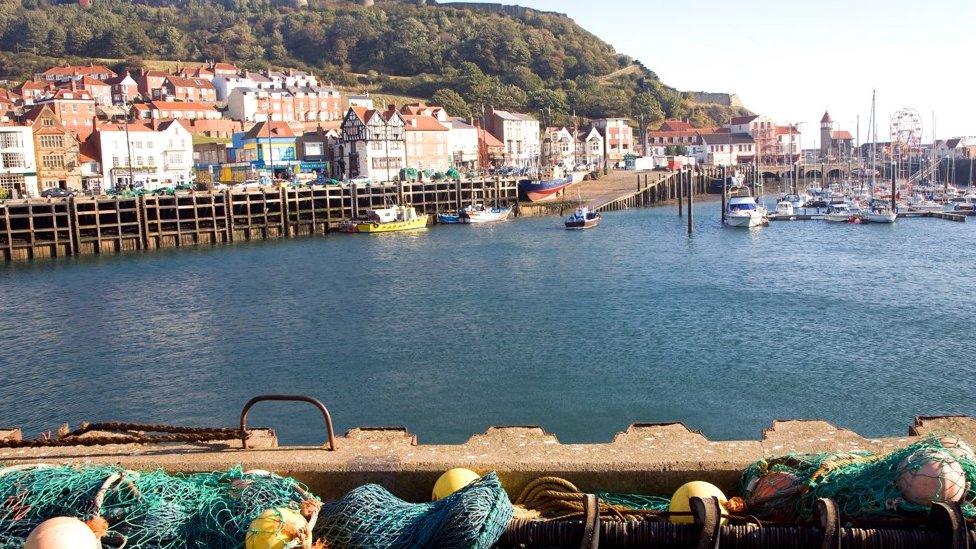North Yorkshire Council: New local authority begins work
- Published

The new council will cover a population of more than 600,000 people
Eight councils merged to become one unitary authority covering almost all of North Yorkshire from Saturday.
Plans approved in 2021 means North Yorkshire Council now provides services to a population of 618,000 people.
It replaces the two-tier system of county and district councils, excluding City of York, which has been in place since 1974.
The new authority has 90 councillors, covering 89 new wards, who were elected in 2022.
They served one year on the outgoing county council and will serve a four-year term on the new authority.
Savings of between £30m and £70m in the new authority's first few years are expected as services join up and it leverages spending power.
Richard Flinton, the new council's chief executive, said: "This is a huge change and quite a momentous occasion for local government in the area."
However, he said there would be continuity.
"We still get the bins collected, people still get access to leisure centres and all those key services keep happening for the residents."


Keep reading If you're a fan of council logos…
Still with me? Good.
This morning eight North Yorkshire councils blinked out of existence.
The organisations which had sorted out bins, benefits and booze simply ceased to be in North Yorkshire. They were ex councils.
The winding road logo used by Craven District Council - gone. The ship and castle of Scarborough Borough Council's motif - binned.
All were replaced by one single council covering from Northallerton to Selby and Settle to Scarborough. It's one of the biggest in the country.
Since 1974 there have been two levels of council in North Yorkshire. This gets rid of that and opens the way for devolution money and a North Yorkshire Mayor.
The Council itself says that it will save more than £50m by streamlining.
But there are concerns that such a big area is too hard to run for one organisation.
North Yorkshire Council starts today. Can't wait to see the logo.

The decision to merge the authorities was questioned by many of the district councils who felt a single county-wide council would be too large and too remote.
However, Mr Flinton said it was about streamlining services and making local government more efficient, given the financial challenges they faced.
"I don't think two tiers of local government going forward is going to be sustainable.
"We take the money and costs out of the infrastructure of eight organisations and we make sure we protect frontline services as much as we can," he said.

The new council means new branding
The City of York retains its unitary status, however both it and the new council are in the process of agreeing a devolution deal with the government which would see the creation of a combined authority and the election of a mayor for York and North Yorkshire in 2024.

Follow BBC Yorkshire on Facebook, external, Twitter, external and Instagram, external. Send your story ideas to yorkslincs.news@bbc.co.uk, external.
- Published11 November 2022

- Published22 July 2021

- Published21 July 2021
